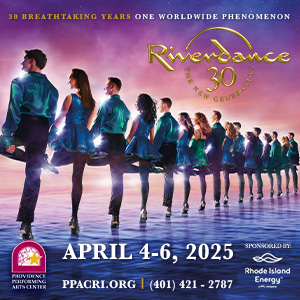
At a RISD art sale some 30 years ago, there was one student selling t-shirts who stood out from the crowd. “He had single-sheet copies of a manifesto called ‘Phenomonology’ that came with the shirt,” says Ethan Maytum, the former Brown visual arts / semiotics concentrator who remembers being one of the artist’s very first customers. “No one else was presenting skate art with a well-developed philosophy. At the time no one else was doing anything similar. It went on to become iconic.”
That artist was Shepard Fairey, and Maytum picked up the manifesto, some stickers and five shirts, including an homage to Claes Olenburg’s lipstick sculpture (with Andre the Giant’s face), an appropriation of Some Girls, the Rolling Stones album cover (with Andre the Giant’s face in a blonde wig and lipstick) and the mark of Andre’s hand on the back (“I wore that one until it fell apart,” says Maytum) and the rarest of all, a classic Bill Graham-style Hendrix concert poster (with Andre the Giant’s face) on kelly green. Neither student could have known that was an early sale in an iconic movement that would be appreciated by skaters and surfers the world over.
“As a student interested in critical theory, I found the pop-cultural references and iconography made his work stand out from all the others.”
The two stayed in touch, and eventually Maytum was able to bring the original shirts to Fairey’s studio in California so Fairey could photograph the artwork, which had otherwise been lost to travel and time. The two reconnected at Fairey’s show last week, just a few blocks from that first sale, bringing the trailblazing design’s life-cycle full circle.


